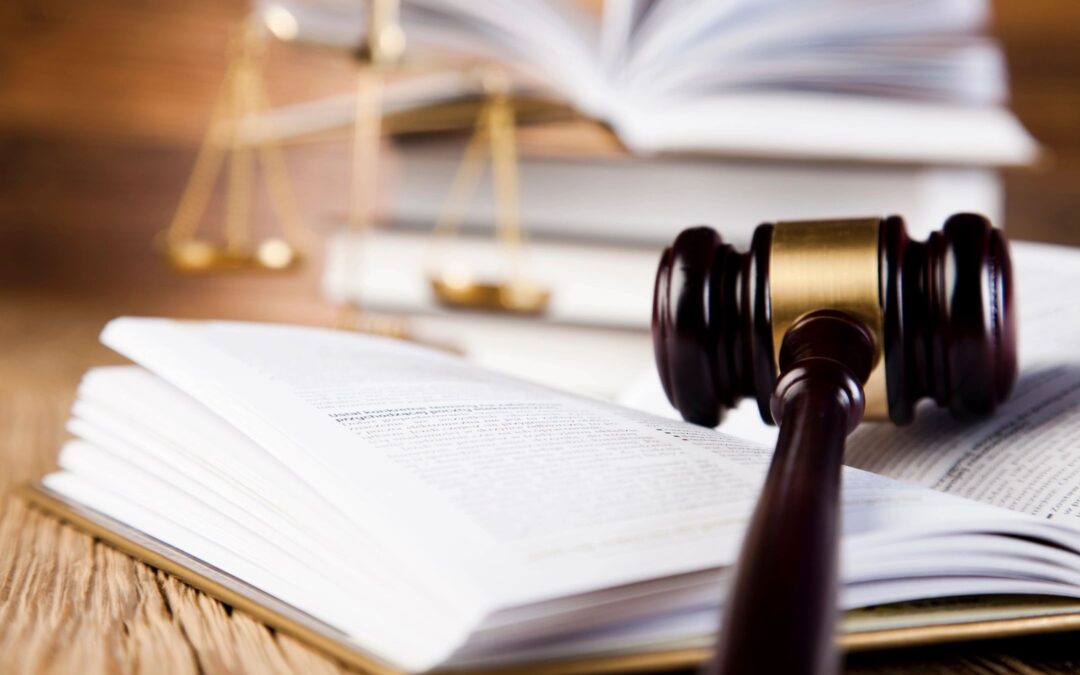By Lisa Furby and Matt Johnson –
The results of a recent update to the PTAB Multiple Petition Study show Petitioners face an uphill battle when attempting to utilize a multiple petition strategy. These results, discussed during the December 10, 2020 Boardside Chat,show a notable decrease in the success rate of both serial and parallel petitions filed in the past few years. A “serial” petition, as defined in the study, involves the same petitioner filing petitions on the same patent more than ninety days apart. A parallel petition, on the other hand, is defined as petitions filed by the same petitioner, on the same patent, less than or at ninety days apart. While there are some circumstances where petitioners have found success, petitioners generally should not count on multiple bites at the apple.
A comparison between serial petition filings from FY2016 to FY2017 showed that, while approximately the same number of attempts were made, the success rate in FY 2017 dropped substantially from the year before (down to 30% from 52%). This drop is directly attributable to the precedential designation of the General Plastics Industrial Co. decision, which set forth seven different non-exhaustive factors for addressing follow-on petitions challenging the same patents. General Plastic Industrial Co., Ltd. v. Canon Kabushiki Kaisha, IPR2016-01357, Paper 19 (P.T.A.B. Sept. 6, 2017). In FY2020, the number of serial petition attempts had dropped dramatically, to just a quarter of the attempts in 2016 and 2017, reflecting this decreased likelihood of success. The study did note that serial petitions are generally more successful when the scope of the district court litigation is “in flux,” or where a serial petition is filed to correct minor errors and omissions.
A few years behind, parallel petitions are just recently seeing a dramatic decrease in success rates. In FY 2018, and FY 2019, the success rate for parallel petitions hovered between 49-54%. In FY2020, that success rate has plummeted to just 30%. This drop can be tied to a July 2019 update to the Consolidated Trial Practice Guide, which took the issue of parallel petitions head on, stating that “one petition should be sufficient to challenge the claims of a patent in most situations.” The update also stated that the circumstances where two petitions are need “should be rare” and that is “unlikely” that there will be circumstances where three or more petitions are appropriate. Still, Petitioners continue to have success with parallel petitions where there are a large number or complex set of claims, where there is a prior art eligibility/antedation issue, or where the patent owner does not contest.
Takeaway: Given the decreasing success rates for serial and parallel petitions, Petitioners should consider all of the possible arguments before filing any petitions and be prepared to move forward with a single petition for one patent.
Matthew Johnson
Latest posts by Matthew Johnson (see all)
- Delegated Rehearing Panel Sends Lifeline to Mercedes-Benz - June 27, 2025
- PTAB Clarifies Interim Workload Management Process - June 19, 2025
- April 2025 Institution Rate Slips Below 45 Percent - June 6, 2025

